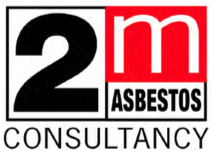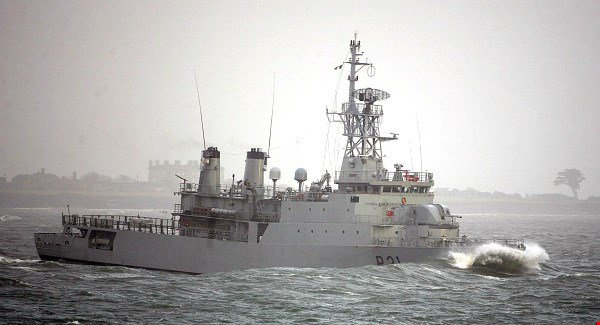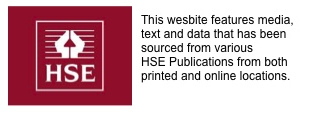The taxpayer will have to foot the near €0.5m bill for removing potentially-lethal asbestos from Naval Service ships, but the final cost could be far higher.
Civilian and naval personnel who worked on the asbestos-contaminated ships will have to be medically screened for the rest of their lives as asbestosis symptoms can take up to 40 years to manifest.
The Department of Defence has confirmed that the total cost of cleaning up and disposing of asbestos on ships and workshops at the navy’s headquarters at Haulbowline Island was €447,000.
In 2000, navy chiefs ordered a full survey to be carried out on the fleet amid concerns asbestos could be onboard some of the ships which were built in the 1980s.
At the time of construction the substance was considered the best and most cost-effective insulating material and was also fire-resistant. It was especially used to contain fires in engine rooms.
A private company was hired to carry out the survey on the eight-strong fleet and gave it a clean bill of health.
It therefore came as a major shock to the navy’s top brass when asbestos starting turning up on some of the ships during routine maintenance.
The taxpayer will have to foot this bill because the Carrigtwohill-based company which carried out the survey has since gone out of business.
First LÉ Aoife was found to have asbestos in a gasket in its engine room and the substance was also detected in LÉ Eithne’s forward pump room.
However, far larger quantities of the asbestos were then found in the LÉ Ciara and LÉ Orla during routine maintenance.

It took several months to remove the asbestos on both of those vessels and it had to be transported to Germany for safe disposal.
In one case, a number of servicemen and civilian employees of the Department of Defence were unknowingly exposed to asbestos fibres for up to three weeks as they worked onboard without sufficient personal protection clothing.
The Health & Safety Authority (HSA) decided late last year that it wouldn’t prosecute the Naval Service for the asbestos incidents, primarily because it had been told by the private company that no asbestos was onboard the ships.
The Naval Service had, in the meantime, introduced new protocols to mitigate against exposure to asbestos.
It’s unlikely that any of the material is present on the newer ships.
PDforra, the organisation which represents enlisted men in the navy, said it wasn’t happy with the HSA investigation.
A spokesman for PDforra said up to 100 of its members could have been exposed to asbestos both onboard the ships and in workships where the asbestos present in some exhausts was being ground down.

It’s expected PDforra will shortly write to the HSA asking how many of its members were interviewed by the HSA investigating team, because the representative association believes it didn’t speak to enough of them compared to the civilian workers who were also put at risk of exposure.
It’s believed that more than 50 civilian employees based in Haulbowline at the time could have been at risk.
The PDforra spokesman added that his organisation will insist that all personnel get regular screening for asbestos symptoms, not just while they are employed by the Naval Service, but when they’re retired.
Source: Irish Examiner


